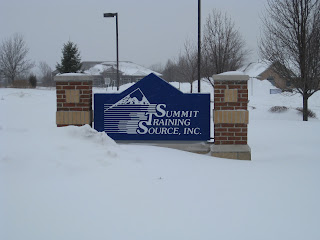Up-to-date training, cost effective, user friendly, and locally-based are just a few reasons why Vanguard Fire & Security Systems, Inc. chooses Summit Summit Summit Summit
While working with clients in the petroleum industry, power generation facilities, healthcare facilities, schools, restaurants, and government entities, Vanguard noticed that an increasing number of safety requirements were mandated to carry out business as usual. Vanguard set out to look for the perfect fit to accommodate their needs for training. Vanguard learned more about Summit Training Source while researching web-based safety training providers online. For Vanguard, the ability of Summit
Vanguard Fire & Security System, Inc. is a national fire protection and security company with over 50 years experience in the business of protecting people, property and products. Today, with over 100 employees, and a fleet of over 50 Vanguard vehicles, the company operates from five strategic offices and is a full-service provider of fire protection and security systems. The company provides system design services, equipment sales, installation, inspection, and servicing of fire protection and security systems for a wide variety of industrial, commercial, and petroleum customers nationwide. Vanguard services clients all across the US
We are privileged to have Vanguard Fire & Security System, Inc. as a customer and pleased they are able to utilize Summit Summit







